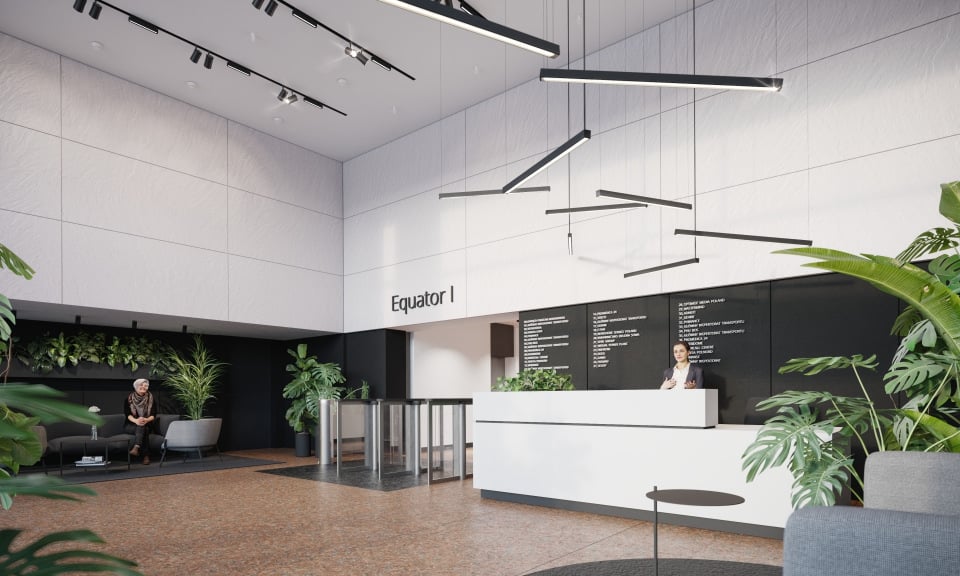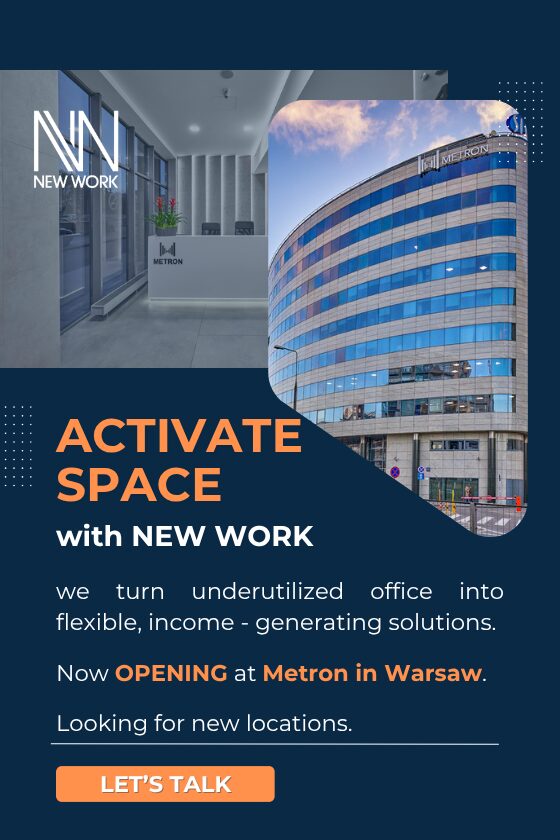According to Savills, the return of employees to work, students to schools and tourists to cities has had a significant impact on the utilization of local metro systems. In Prague, the number of passengers in 2023 returned to 90 percent of pre-pandemic levels, while in Singapore it reached 96 percent, in Madrid 98 percent, and in Shanghai even 100 percent of pre-pandemic levels. However, there are cities where the numbers remain noticeably lower than before the pandemic, such as London, where metro passenger numbers have returned to 84 percent, in New York to 70 percent, in San Francisco to 71 percent and in Los Angeles to 67 percent.
Post-pandemic, there have been shifts in travel habits, consequently impacting how residents, employees, and visitors utilize properties.
“When it comes to the return of people to offices, Prague is in the top 5 of Europe. Currently, it is at 57 percent physical occupancy, but still not at the pre-pandemic level, which stood at 70 percent. Of course, companies generally prefer offices close to the metro,” says Pavel Novák, Head of Office Agency at Savills, adding: “At the same time, it is also interesting to observe the direct correlation between people returning to the metro and work, where it is evident that New York, Los Angeles, or San Francisco are nowhere near a similar level as Europe.”
Ondřej Boháč, Director at Prague Institute of Planning and Development, adds, “During the anti-pandemic measures in Prague, the number of metro passengers dropped by an incredible 85 percent. The situation significantly changed in 2022, when the number of passengers returned to 90 percent of the pre-pandemic level. A further slight increase was also recorded in 2023. However, analysis of the latest data from mobile operators for 2022 showed that the total number of people commuting to Prague from the surrounding suburbs has not yet reached pre-pandemic numbers, although a clear trend of gradual increase was observed.”
Cities are accustomed to adapting, and their real estate markets will continue to evolve, increasingly focusing on creating an efficient and sustainable environment, of which transportation is a part.







